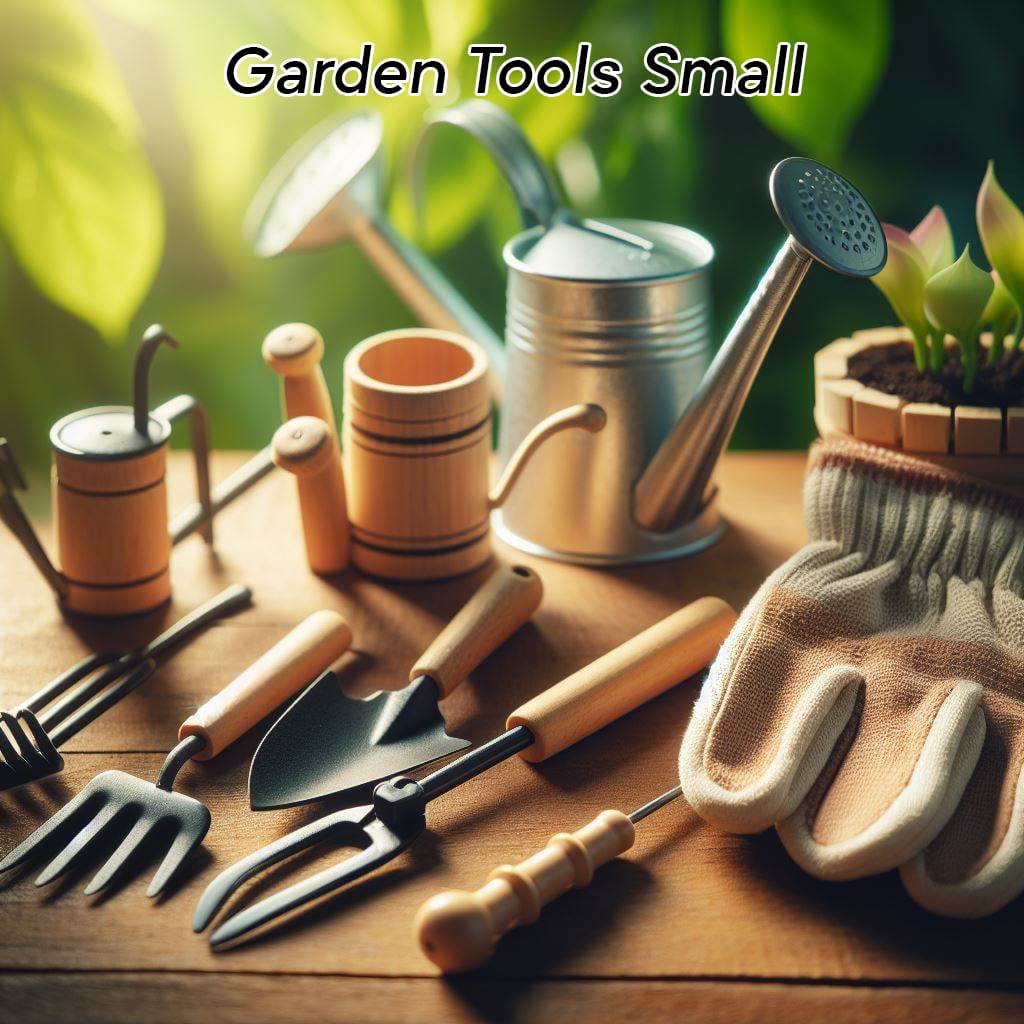How to store tulip bulbs?
Tulip bulbs One of the most popular types of flower bulbs. They are the focal point of the spring garden because of their striking hues and graceful shapes. Discover how to preserve tulip bulbs for the next spring and take pleasure in another gorgeous season. To know how to store tulip bulbs? Stay with us until the end of this blog!
While most miniature tulips do not rebloom if the bulbs are left in the ground, some do well in naturalizing and will multiply and rebloom over several years. It’s best to dig them up and store them over the summer if you want to keep them.
Once the tulips have flowered, let the foliage wither and die back before removing it. After clearing the dirt, let the bulbs to dry. Throw away any broken ones. The bulbs can be kept in paper bags or nets. Put a label on them and store in.
What is tulip bulbs?
A tulip bulb is an amazing container: a swollen underground stem that stores food energy. This plant has a miniature plant with flower, leaf and root parts, which is ready to grow if the conditions are right.
How long can you store tulip bulbs?
If properly preserved, tulip bulbs, like most flower bulbs, can be kept for up to a year. After being dug out, they should be left to dry before being stored in a bag or net in a cold, dark area. Checking if your tulip bulbs are still healthy is simple: they should feel strong, weighty, and plump. Throw away those that are soft and rotting or dry and wilted.
How do you store tulip bulbs for next season?

1.Removing the Bulbs
- After a flower dies, use pruning shears to remove the stem from the bulb, preventing excessive energy use. Trim as close to the bulb’s base as possible. Keep the leaves on tulips to store energy for the next season.
- To remove tulip bulbs, remove them once the leaves yellow and die, which takes about 6 weeks after the blooming period. The bulb is gathering energy from the sun to bloom in the next spring. After the leaves have died, dig the bulb from the ground or pot. Avoid overwatering the bulbs, as they will start to rot if the soil is too wet. Use a garden shovel to loosen the soil around the bulb and pull it out of the ground.
- To remove the dead leaves and roots at the base of a bulb, use pruning shears or sharp scissors to cut them off as close to the bulb as possible without damaging it, as the leaves should be easily removed by hand.
- To clean bulbs, use a paper towel to clean dirt and wipe the outer layer with a dry towel. Remove any soil or worms to help them dry faster. If the outer layer is browned or shows signs of rot, gently rub it with a paper towel to remove it.
- To prevent rot, store bulbs in a cool, dry place out of the sun for 2 days. Store the tray inside your garage or a shaded area outside. Store in the sun or moist conditions will retain moisture and cause rot.
- Discard discolored or diseased bulbs and thoroughly inspect collected bulbs for signs of rot or disease. Tulip bulbs should be full and hard, not soft or shriveled. Small rot spots can be removed using a sharp knife sterilized with household disinfectants like bleach, rubbing alcohol, or white vinegar.
2.Storing Bulbs Properly
- To store bulbs, wrap them individually in newspaper to maintain moisture and temperature. Sphagnum moss or sawdust can also be used, providing a similar effect.
- To store bulbs, use a mesh bag to allow air to flow, which can be reused as an old onion bag. Alternatively, use a paper bag or cardboard box to keep the bulbs out of direct sunlight.
- Store bulbs in a dark, dry place for up to 12 weeks, such as a garage or cellar, with temperatures above freezing. Avoid direct light to prevent premature growth.
- Store tulip bulbs in the crisper drawer of a fridge in warm climates, chilling them in the refrigerator if temperatures don’t drop below 50°F (10°C). Avoid storing tulip bulbs with apples or other fruits as they release ethylene gas, which could kill the flower inside the bulb.
- To maintain a healthy bulb collection, check for shriveled or moldy bulbs every 2 weeks and monitor storage materials. If rotten or moldy, replace them. If bulbs appear wrinkled or shrunken, gently mist them with a spray bottle.
- Plant tulips bulbs in fall before the first frost, 6-8 weeks before the first frost. Early spring planting is also suitable. If cold winters exist, plant in September or October. If chilling is needed, plant in late February or early March.
Do tulip bulbs need to be refrigerated?
Storing tulips in the refrigerator is can be challenging, especially when storing fruits that release ethylene during ripening. Avoid storing bulbs with ripening fruits like apples, pears, avocadoes, bananas, cantaloupes, honeydew melons, and figs. The right humidity level is also crucial. Store bulbs in a mesh bag for good air circulation but may dry out unless stored in the crisper drawer. Store bulbs in a perforated plastic bag for less drying out but may lead to mold if moisture buildup occurs.
Tulips should be stored in the fridge, but it’s always a hit or miss whether they will bloom again. Test the process with a few bulbs and buy new bulbs if necessary. However, it won’t be known until the next spring if the bulbs actually made it.
What do you do with tulip bulbs after they
bloom?

Tulips, perennials in the wild, bloom year after year. However, gardens often lack harsh, arid conditions. To ensure a successful display next season, dig them up after blooming and plant fresh bulbs in the fall.
How do you store tulip bulbs for forcing?

Tulips and other spring-flowering bulbs require 40-45°F temperatures for 12-16 weeks to bloom. Storage options include refrigerators, root cellars, or outdoor trenches. Regular watering and complete darkness are essential during cold storage.
How to store tulip bulbs in summer?
After the tulip’s foliage turns yellow and shriveled, dig up the bulbs, clean them, and let them dry. Store them in a net or on a tray with a layer of dry sand, moss, or vermiculite. Store them in a cool, dry place before replanting.
How to store tulip bulbs in winter?

Tulip bulbs can be overwintered in garden soil or containers at -23°C, but should not be stored indoors as they require cold stimulus for flower formation and warm temperatures can cause early budding.
How to store tulip bulbs?
To increase your tulip stock, propagate them by splitting off offsets or small new bulbs from their parent bulbs and planting them at least 8″ deep in a cold frame or sheltered garden position. Keep the soil moist but not too soggy, and be patient as they may bloom the following spring or need to grow for two seasons.
Conclusion
In general, by reading the table below, you can see the number of tulip flowers per year
| Jan | Feb | Mar | Apr | May | Jun | Jul | Aug | Sep | Oct | Nov | Dec | |
|---|---|---|---|---|---|---|---|---|---|---|---|---|
| Plant | yes | |||||||||||
| Flowers | yes | yes | ||||||||||
| Cut back | yes | yes |












1 comment on “How to store tulip bulbs?”
I loved it as much as you’ll end it here. The sketch and writing are good, but you’re nervous about what comes next. Definitely come back because it’s pretty much always the same if you protect this walk.